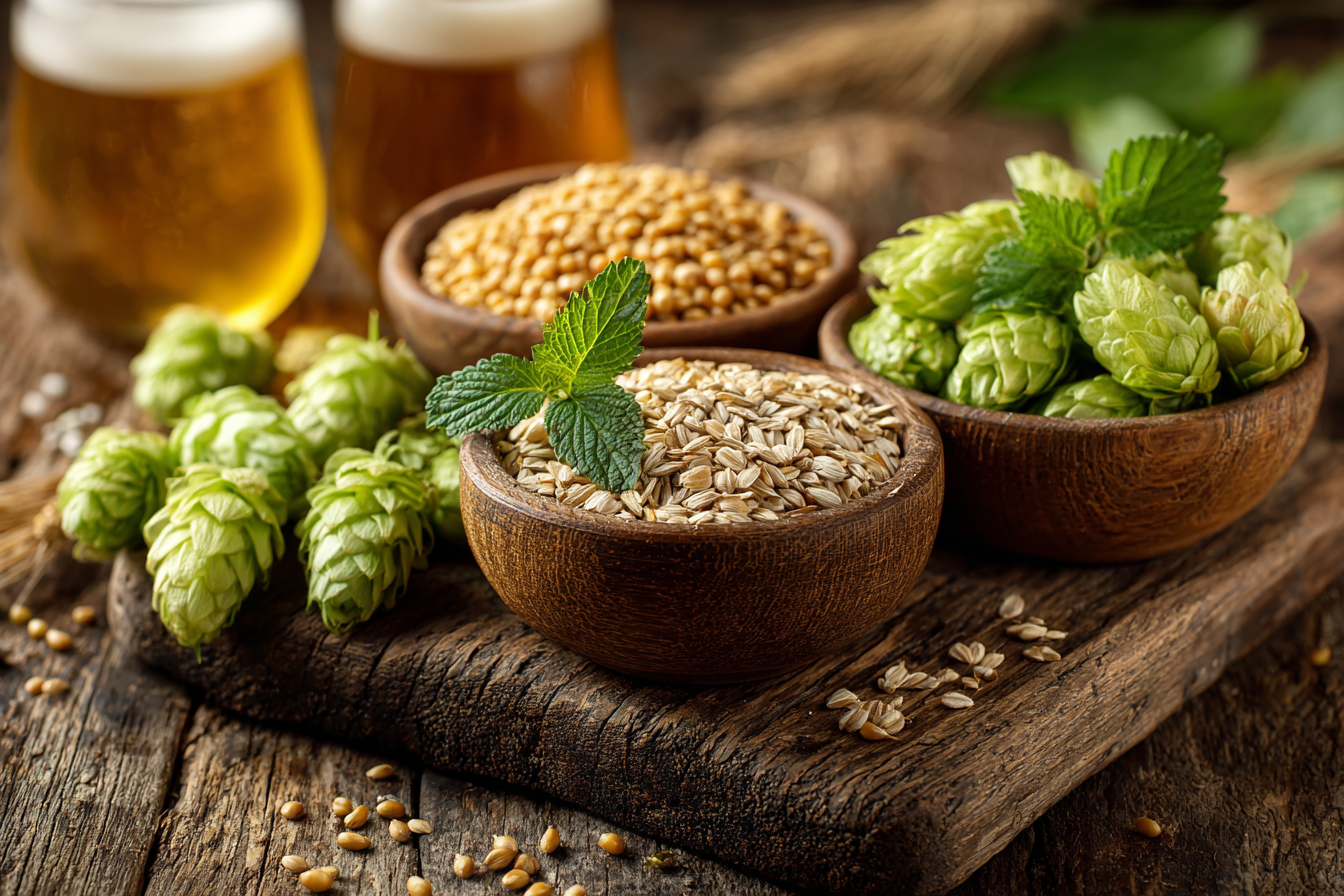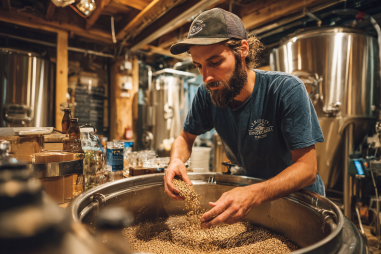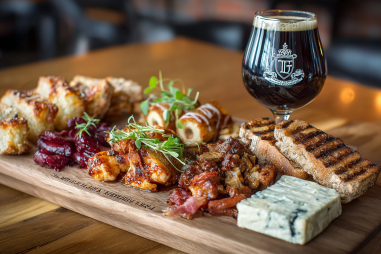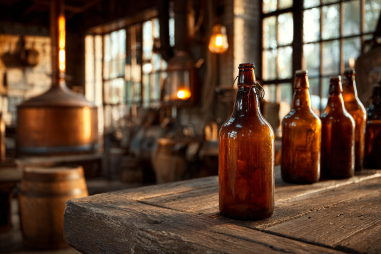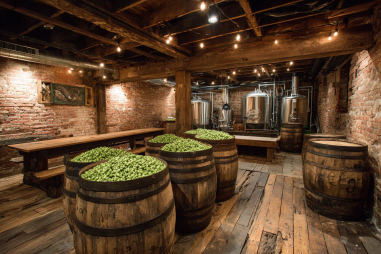When it comes to brewing beer, the ingredients you choose play a crucial role in defining the final flavor, aroma, and character of the brew. Czech Pilsner, known worldwide for its crispness and delicate balance, is a perfect example of how specific ingredients contribute to a beer’s identity. By exploring the components that make up Czech Pilsner, from the malted barley to the unique Saaz hops, you’ll gain a better appreciation for why this beer remains a beloved classic.
The Malt Backbone: Moravian Barley and Pale Malt
Malt provides the sweet foundation and body of any beer, and in Czech Pilsner, the malt is of particular importance. The traditional malt used is made from Moravian barley, grown in the Moravia region of the Czech Republic. This barley is prized for its high quality, and when malted, it yields a gluten-rich pale malt that is crucial for achieving the beer’s signature pale golden color and clean, sweet malt profile.
The pale malt used in Czech Pilsner is lightly kilned, allowing it to retain a delicate sweetness and subtle biscuit-like flavors without overpowering the hop character. It provides fermentable sugars which the yeast will convert into alcohol, but also plays a key role in producing a smooth body and mouthfeel. The balance found in Moravian malt ensures the beer boasts a lovely malt-driven backbone that complements, rather than competes with, other ingredients.
Hops: The Legendary Saaz Variety
Hops are the spice of beer—they add aroma, bitterness, and complexity. In Czech Pilsner, the star hop is undoubtedly Saaz, one of the four noble hop varieties. Native to the Czech town of Žatec (or Saaz in German), these hops have been cultivated for centuries and are revered for their delicate and refined aroma.
Saaz hops offer a mild but distinct bitterness that is often described as earthy, herbal, and slightly spicy, with subtle floral notes. Unlike harsher hop varieties, Saaz’s low alpha acids provide a gentle bitterness that balances the sweetness of the malt without overwhelming it. In a Czech Pilsner, hops are typically added using a traditional method that maximizes aroma—late hopping and dry hopping may be employed to unlock that classic bouquet that fans cherish.
Water Profile: The Soft Water Advantage
Water is often the overlooked ingredient in brewing, yet it can dramatically influence the character of a beer. The water in the Pilsen region is famously soft, meaning it has low mineral content. This softness is ideal for brewing Pilsners because it allows the delicate malt and hop flavors to shine through without being masked or altered by high mineral levels found in hard water.
Soft water contributes to the smooth, clean finish that Czech Pilsners are known for. It also supports proper enzymatic activity during mashing, helping to extract fermentable sugars efficiently from the malt. Brewers often replicate this soft water profile when brewing Czech-style Pilsners outside the Czech Republic, sometimes treating their water to achieve the ideal balance.
Yeast Strains: The Agents of Lagering
Yeast not only ferments sugars into alcohol and carbon dioxide but also produces a range of flavor compounds that influence the beer’s aroma and taste. For Czech Pilsner, bottom-fermenting lager yeast strains are used. These yeast strains work best in cooler fermentation temperatures, producing cleaner, crisper flavors compared to top-fermenting ale yeasts.
The yeast responsible for Czech Pilsner is carefully selected to emphasize a clean fermentation profile with minimal fruity esters or off-flavors, allowing the malt and hop characteristics to remain front and center. Furthermore, the lagering process—extended cold conditioning—helps develop clarity and smoothness, subtly softening any rough edges and enhancing the beer’s drinkability.
How Each Ingredient Shapes Flavor and Aroma
The beauty of Czech Pilsner lies in its harmony between malt, hops, water, and yeast. Each component contributes distinct elements that combine to create a complex yet approachable beer.
- Malt: Provides a mild sweetness, a pale golden color, and a medium-light body that serves as a canvas for other flavors.
- Saaz Hops: Impart a gentle bitterness and a unique herbal-spicy aroma that is subtle yet unmistakable.
- Water: Soft water ensures purity of flavor, allowing malt and hops to express themselves fully without mineral interference.
- Yeast: The lager yeast fosters a clean fermentation, producing crisp and refreshing characteristics critical to the style.
When combined skillfully, these ingredients produce a beer with a bright golden color, a smooth bready malt sweetness, a restrained but complex hop aroma, and a crisp, refreshing finish. The interplay of these elements is what makes Czech Pilsner stand out from other pilsners and lagers.
Bringing It All Together: The Heart of Czech Pilsner
Understanding the essential brewing ingredients of Czech Pilsner highlights why this beer remains an iconic style centuries after its creation. The precise use of Moravian malt, aromatic Saaz hops, soft water, and clean lager yeast does more than produce a beverage; it creates a sensory experience rooted deeply in tradition and craftsmanship.
Brewers around the world strive to replicate this recipe because it exemplifies balance and subtlety in brewing. Whether you are a homebrewer or a beer enthusiast, appreciating these ingredients helps deepen your love for Czech Pilsner’s delicate character and cultural significance. Next time you enjoy a chilled glass of this golden lager, you’ll be tasting the artistry and history embedded in its essential ingredients.

